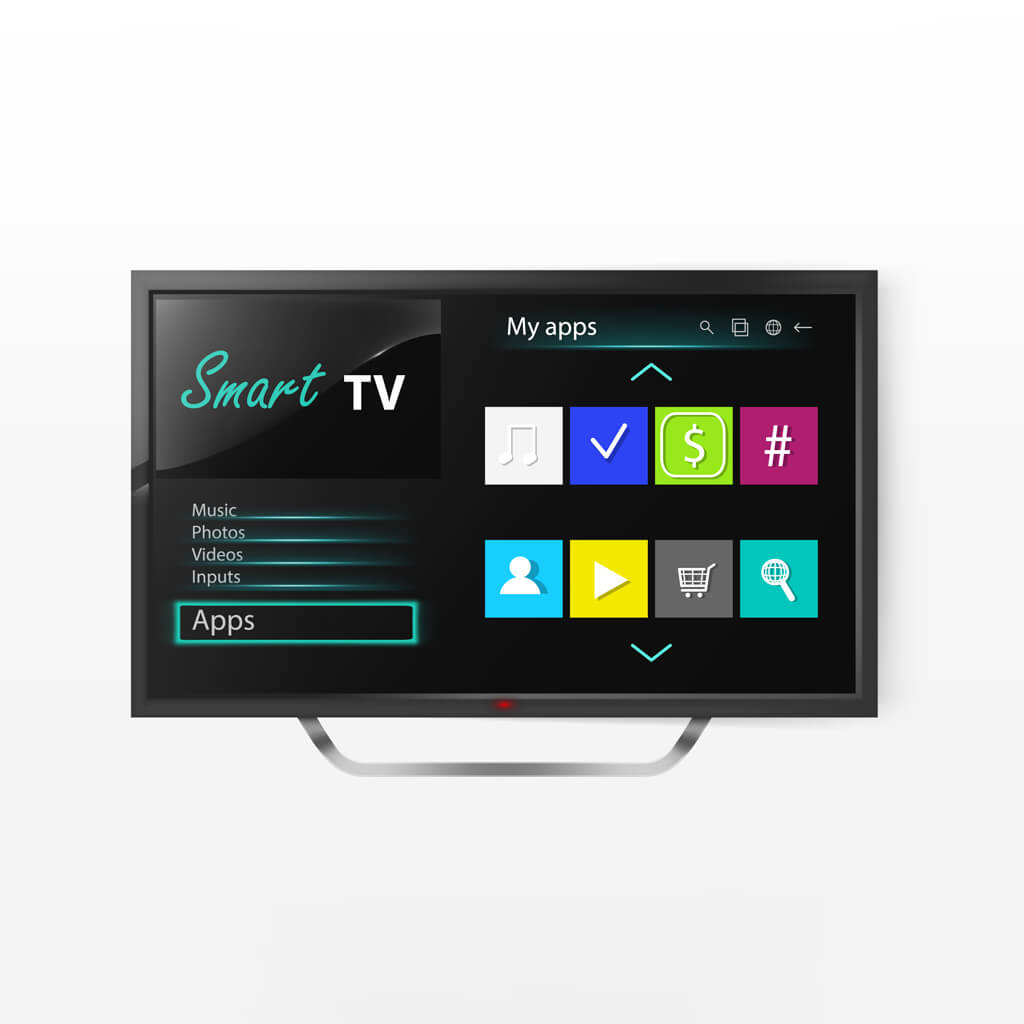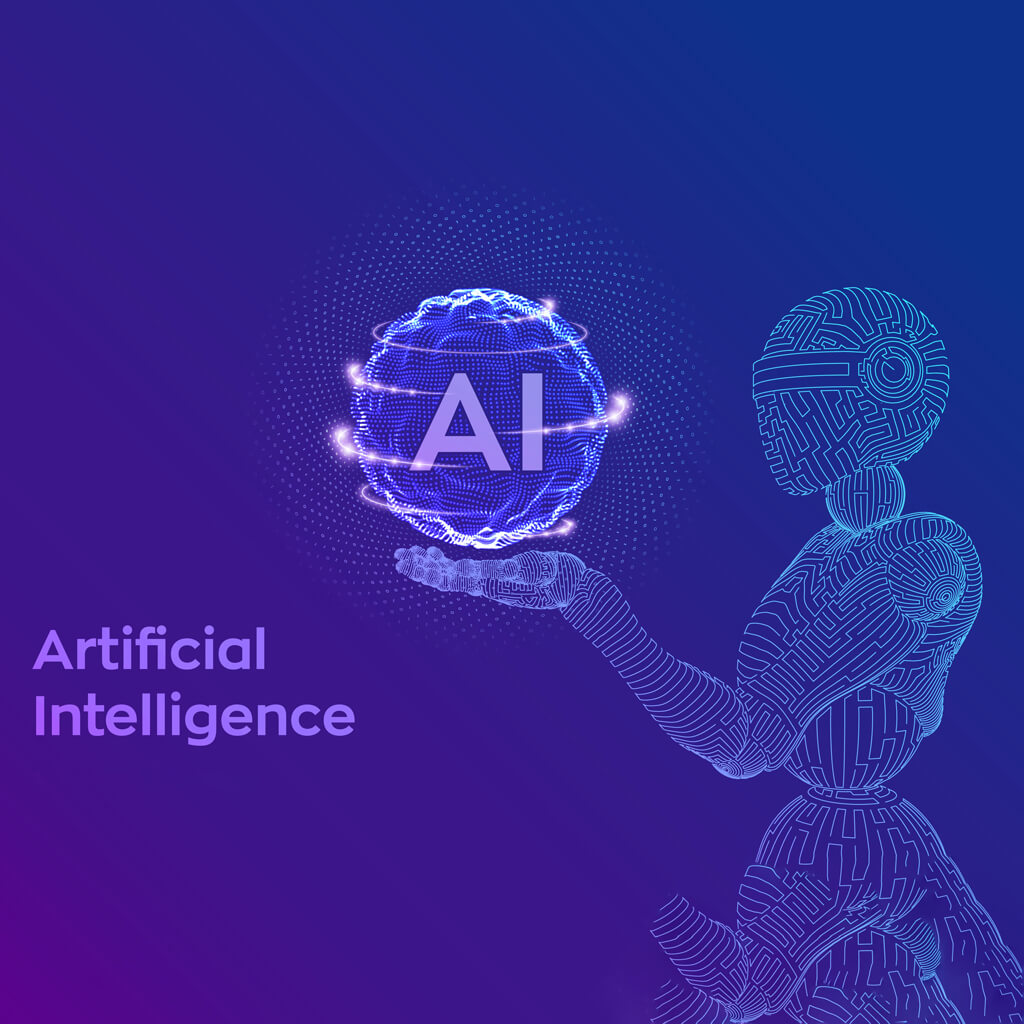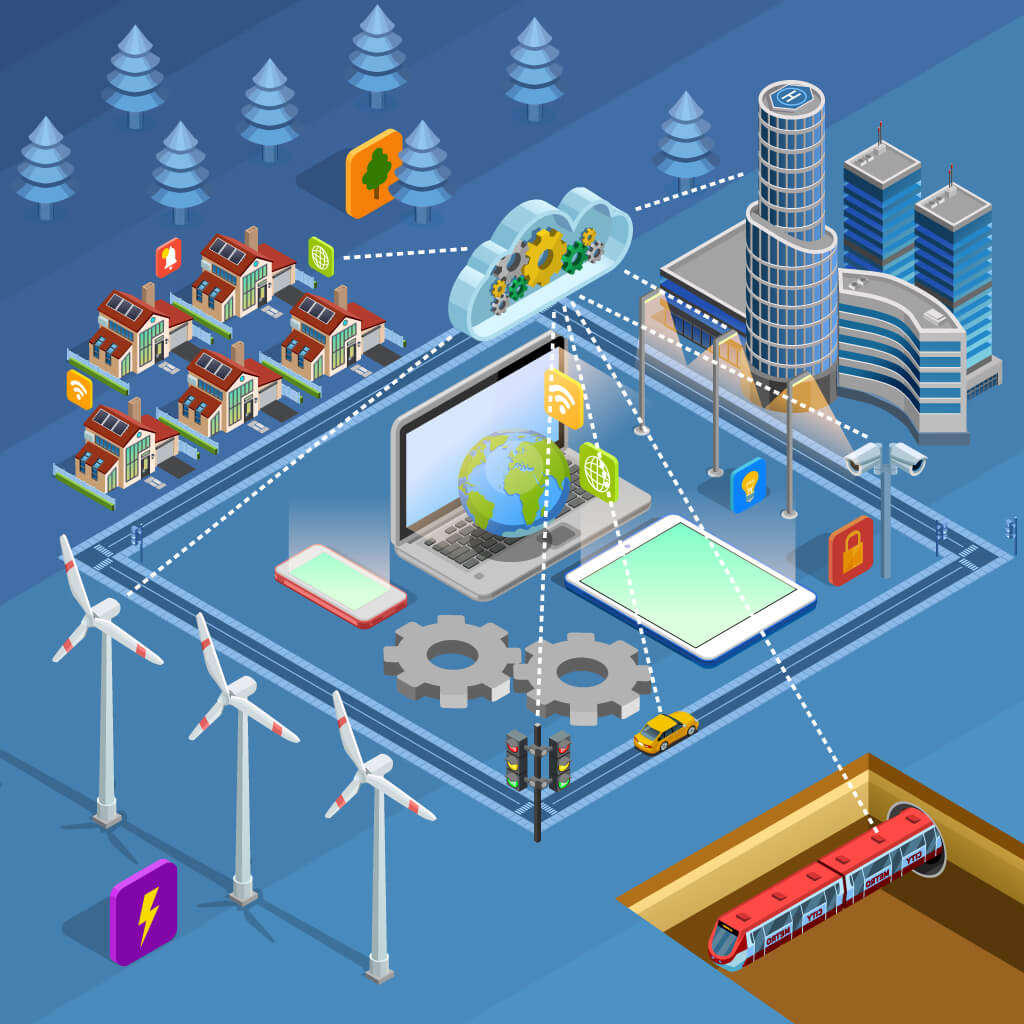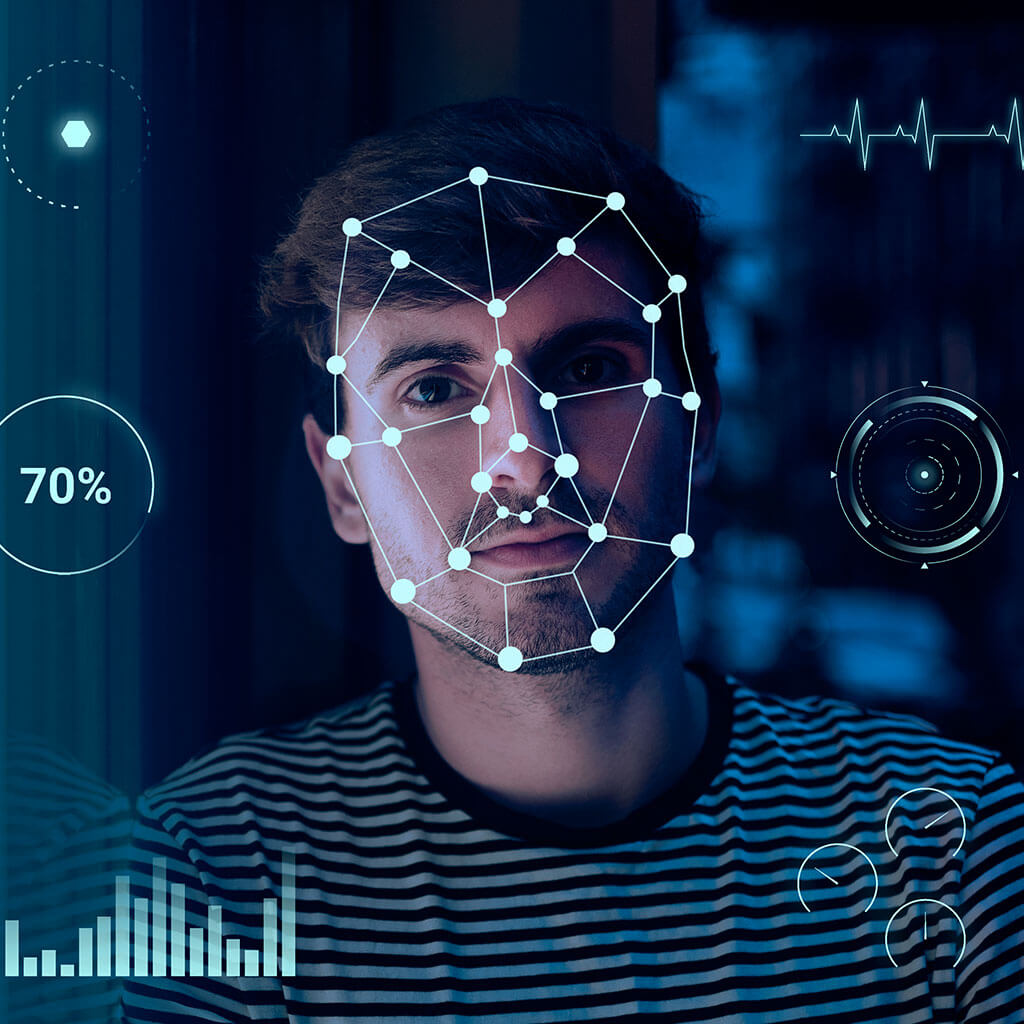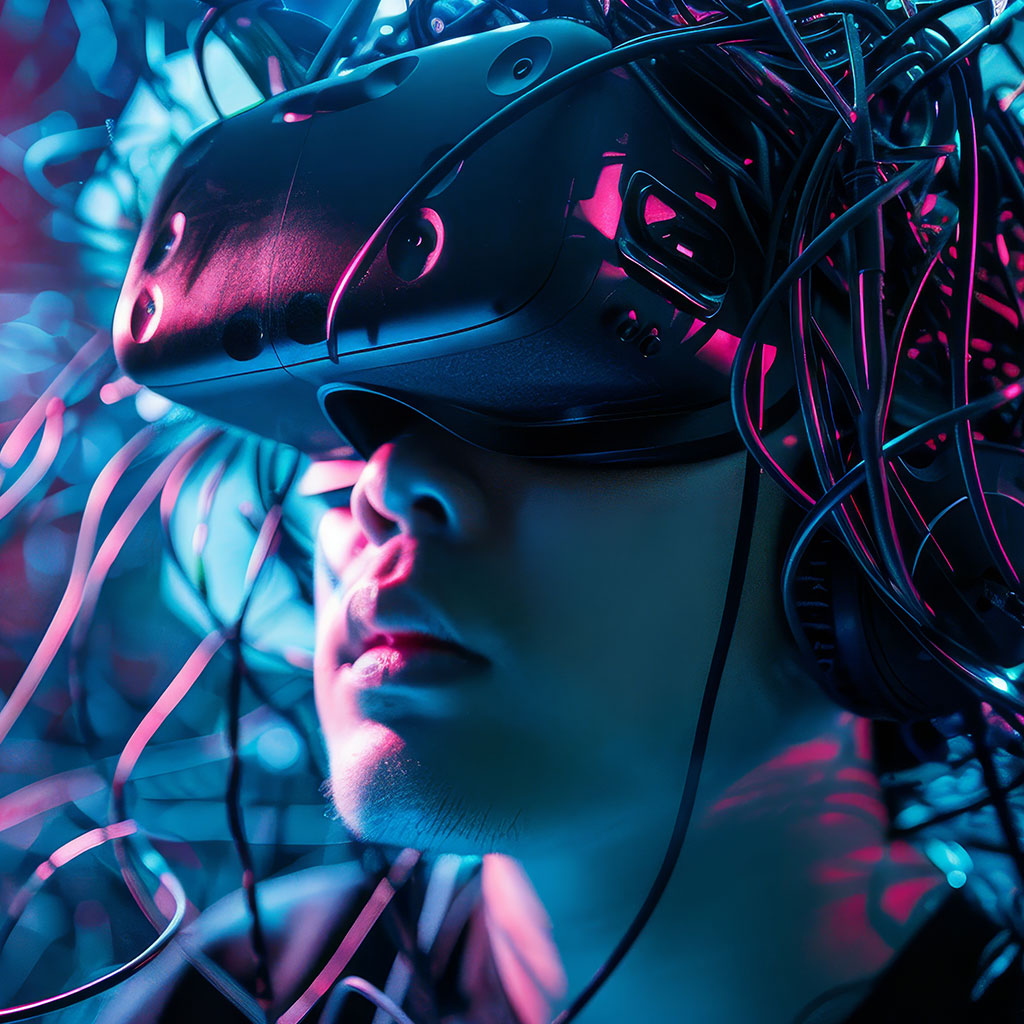Cybersecurity in the Age of Smart Device
With our world rapidly progressing towards digital transformation, the concept of cybersecurity has never been more critical. The exponential growth of smart devices, from phones and watches to home assistants and even smart fridges, has expanded our digital footprint, creating a complex web of connected devices that form the very backbone of our daily lives. […]
Cybersecurity in the Age of Smart Device Read More »

